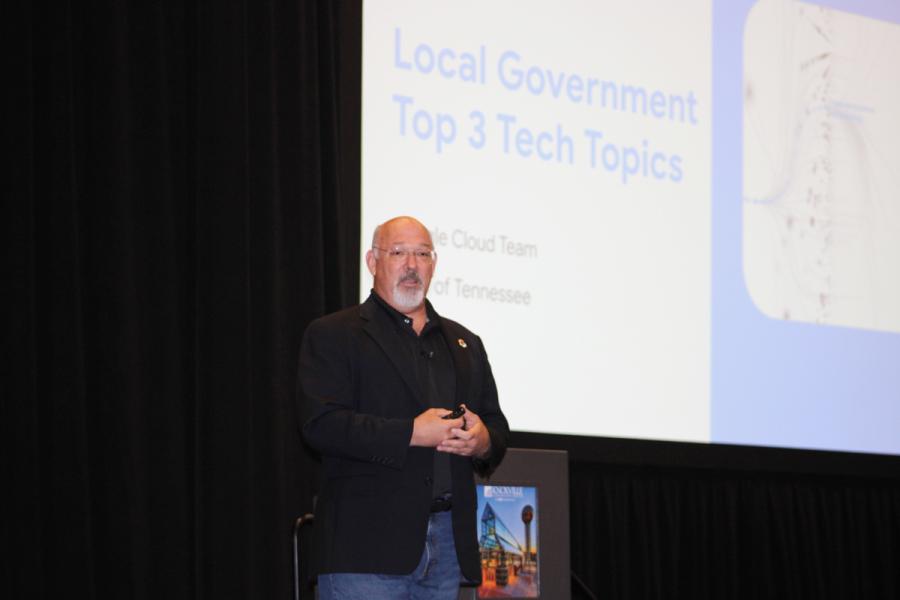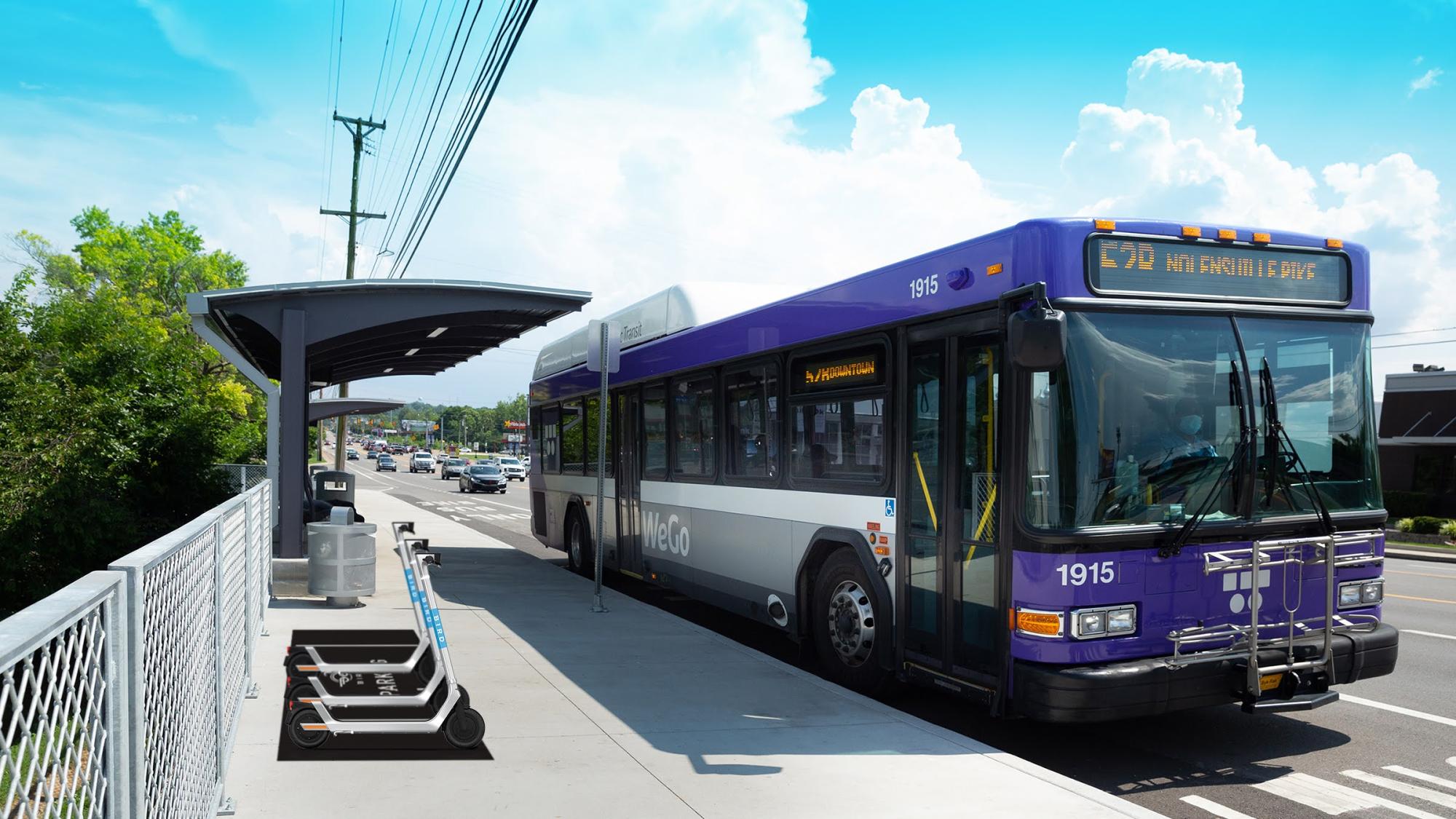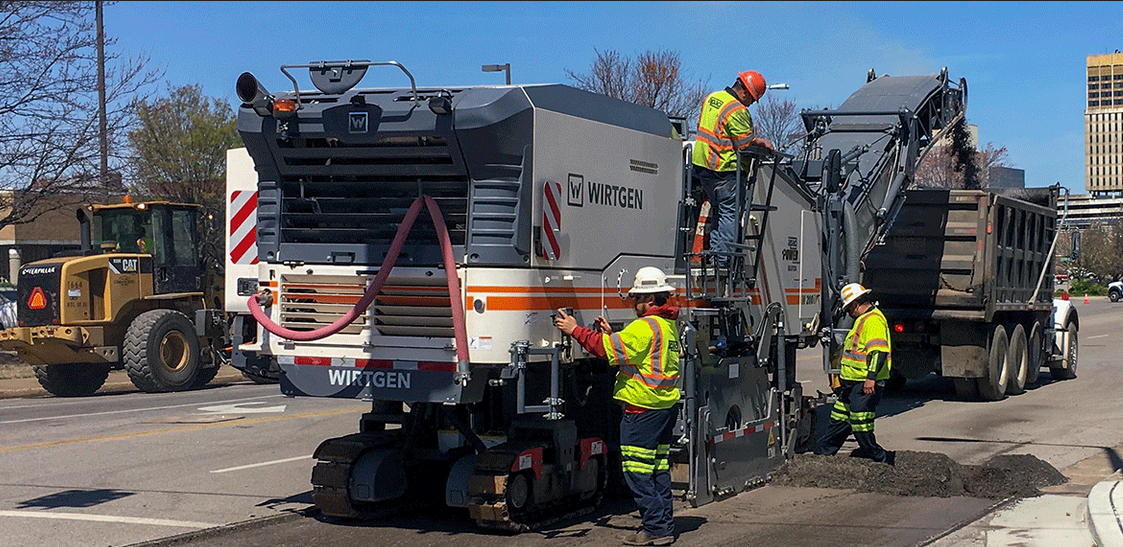Google official discusses use of AI to solve municipal issues

By KATE COIL
TT&C Assistant Editor
With municipalities charged with handling more data and sensitive information than ever, artificial intelligence is offering opportunities for cities to find unique solutions to problems.
Sean Maxwell is a research and computing technologist with Google and the Google Cloud Platform. He said the amount of data being produced – and the amount of data municipalities are expected to handle – has increased drastically since the year 2000.

“If you go from the beginning from humanity to the year 2000 and all the things that were created – the Space Shuttle, the Saturn V Rocket, the Library of Congress, all the movies and the data – by the end of today, we will create more data in that period of time,” he said. “Every day, we create that much data. How can a municipality manage that and deal with those problems and their complexities? That is where AI comes in.”
Maxwell said working with municipal governments has made him more aware of the political, operational, financial, regulatory, and environmental challenges and constraints governments are faced with.
“Think about what are the problems in your municipality,” he said. “What are the challenges you want to take a look at? We understand that for so long you’ve been asked to do so much with so little, and now you’re being asked to do everything with nothing. Staffing is becoming difficult. You have very good staff who are going to be ageing out, and you’re going to lose the experts. Finances are a bit of a challenge. Regulatory constraints are changing. How do you keep up with the flow of information? How do you plan for the thing you didn’t plan for? How do I articulate my needs back to the legislature? Those are the pieces we want to start thinking about it.”
When computing began, Maxwell said programming focused on telling computers how to answer questions. Artificial intelligence began with training computers to answer questions on their own.
“We began training it using images to tell the difference between a picture of a cat and a picture that wasn’t a cat,” Maxwell said. “You would train for 1,000 hours, and it would be able to tell you the difference between a cat and not a cat. Now, we are at a level where I can put all your municipal laws and regulations in, load them into a model, take all the changes that the state has inflicted – I mean given – us, and tell where we are out of line. That is how much things have changed.”

Maxwell said Google wants to help municipalities make constituents feel that the experience with government is empowering, ensure municipal employees are given the tools to not just perform but exceed their goals, and give government officials the expertise and information they need to do these things.
Maxwell said Google designs specialized AI platforms for businesses and governments that operate differently and separately from services like Gemini and ChatGPT, which are accessible to the general public.
“We create a playground just for you, just your data,” he said. “We can’t see into it. You aren’t training the big platform you see on the internet. We can set it up in such a way your data is always yours. Google can’t see it.”
By putting in individual data into an AI model, Maxwell said Google has helped several local governments solve major issues and look at problems from different perspectives.
Grant Writing
“One big issue we have found is grant writing,” he said. “You can ask what programs are available in the state of Tennessee that have funding available to match the specific problems that I have, and I have the data to help fill out the request. It can then help you fill out that request. In higher ed, it is the bane of researchers to take their field of study and find the agencies in the federal government that are providing the funding they need. You can do that with AI. It searches all of the available resources and moves you forward.”
Open Records Requests
Another issue data reduction for Freedom of Information Act (FOIA) requests. Maxwell said he has talked with city officials who have spent hours ensuring they have correctly redacted sensitive information in these requests, time that could be spent doing other city business.
“It’s not just the name, address, phone numbers, and social security numbers,” he said. “You also have to redact weird things, like the locations of water wells and power transformers, and other sensitive information. You can load this into an AI tool we have prebuilt and get that job for you. The human still needs to do a review of it, but the vast majority of the heavy work is already taken care of.”
Emergency Response to Mental Health Situations
Google has worked with the city of Miami to use AI to deal with mental health diversions, giving officers data on the history of interactions with the subject of a 911 call, such as how often police have been called to the home, what can trigger the person’s behavior, advice from their psychologists, what calms them down, and other information that can help de-escalate a situation.
Traffic Fatalities
Similarly, Google worked with Orange County, Fla., and Orlando to decrease pedestrian deaths in an area where there were high levels of pedestrian and vehicle accidents.
“The No. 1 indicator of a traffic fatality, believe it or not, is curb design,” Maxwell said. “We can’t begin to test data on what would fix it until we know the root cause. We have taken data that is coming out of Europe, looking at the radiuses of crosswalks, crunching the data, and making those crosswalks higher. It slows traffic down a little bit, and then we can test to see that that would do.”
Severe Weather Events
With severe weather events becoming more frequent, Maxwell said Google AI is helping local governments compare digital images of areas before storms and after storms to provide them with the information they need to make decisions in periods of critical emergency response.
“The next day, you need to know what’s down, what’s broken, where do you need to respond,” he said. “You need to know if the power or water is out, if you’ve lost a school building, where are damages to the houses the worst, and where you need to put the most resources. There was a school district in Florida that used to sent teachers and principals to schools to take pictures after storms. This took about a day of data collection. They needed to answer questions like which schools can be used as shelters, which schools are available to be open, which schools have roof damage that we need to address immediately. We are using data from before the storm and from today after the storm to identify where the biggest problems are.”
Similarly, Google worked with officials in Maui following the devastating wildfires to help answer the flood of phone calls from people seeking information and services. Within 72-hours, Google put in an AI-powered call center with answers to all of the questions from residents ranging from where shelters were located to where they could fill prescriptions to even where houses were located prior to the fire.”
For more information, visit Google Cloud for State and Local Government’s website.

